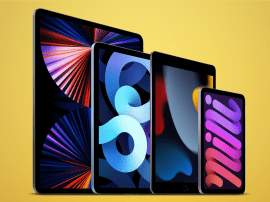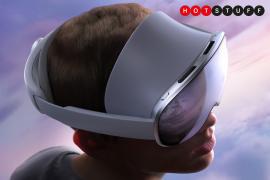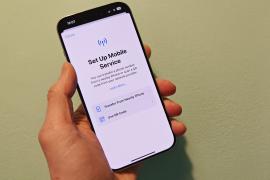Apple iPhone 17 review: the iPhone I think most people should buy in 2025
Only marginally more exciting than beige, the iPhone 17 nonetheless packs several surprises – and more importantly, specs that make it a better buy than any other iPhone
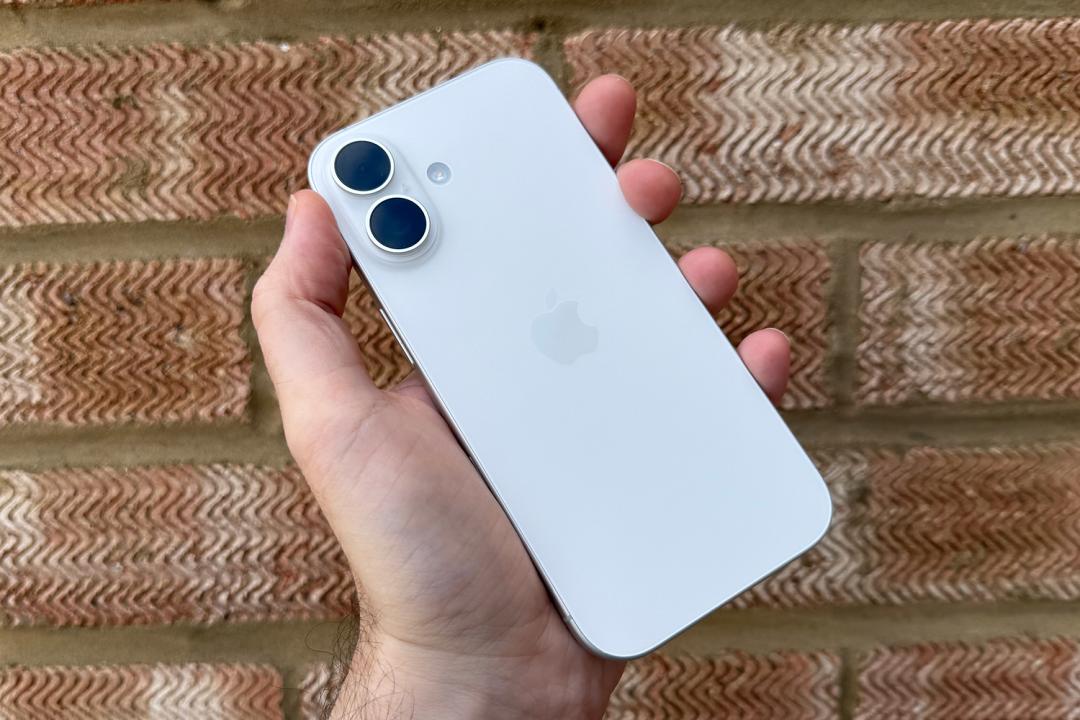
Stuff Verdict
The first standard iPhone in years that almost feels like an act of rebellion. Power. Clout. The least nosebleed-inducing price-tag. Almost no compromises. Boring? Sure. Brilliant? Absolutely.
Pros
- Superb display (finally)
- Hugely powerful
- Excellent ecosystem
- Meaningful camera upgrades
Cons
- No telephoto lens
- Can get a bit toasty
- USB 2.0 data speeds
- iOS 26 design badness
Introduction
Sometimes it’s nice to be wrong. Last year, I said the standard iPhone was as ‘pro’ as it was ever going to get. But with the iPhone 17, Apple has served up the proiest standard iPhone yet – and it’s so capable it might have accidentally made the Pro redundant.
That might sound hyperbolic, but having spent quality time with the iPhone 17, I’m convinced this is the iPhone most people should buy in 2025. Are you most people? Read on to find out.
Design and build: more of the same

It’s an iPhone. If you were expecting a design revolution, prepare to be disappointed – or buy an iPhone Air. Only don’t, because unless you’re desperate for an iPhone that looks slightly different side-on, the iPhone 17 is a better bet.
Sure, it’s unexciting. But who cares? You spend 99% of the time looking at the screen anyway. And even when you’re not, the rest oozes quality. In fact, I prefer the look of the 17 to the 17 Pro and its gigantic camera ‘plateau’; and even the “I’m-so-skinny, me” Air has a honking great lump of its own up top. And here’s the thing: the iPhone 17 weighs just 12g more than the supposedly featherlight Air. Unless you moonlight as scales, you’ll never notice.
Elsewhere, the new Ceramic Shield 2 promises better scratch resistance. I took Apple at its word rather than attacking it with keys. Camera Control and the Action Button (which I finally found a use for) remain. Colour? Mine doesn’t have any. Apple sent a white iPhone, presumably to stop me griping that this year’s hues aren’t as dazzling as last year’s. Tsk.
Screen and sound: StandBy for greatness
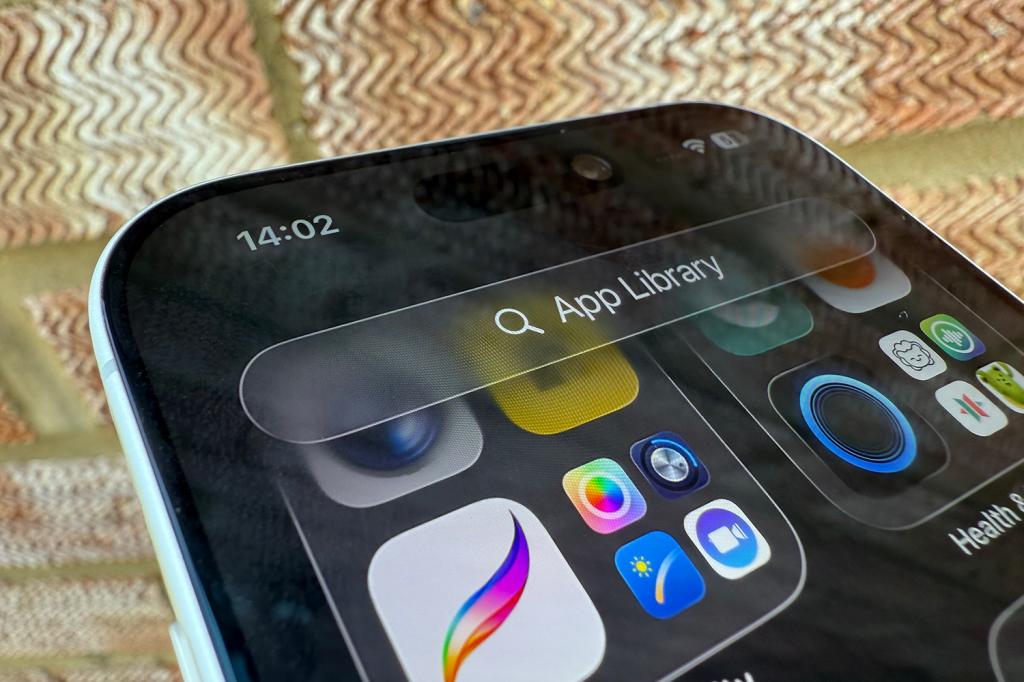
60Hz is dead. Finally, Apple’s most annoying iPhone compromise has been consigned to history. No longer will mid-range Android blowers laugh smugly in their 120Hz glory while mocking your iPhone’s slightly juddery scrolling.
Thing is, bringing across the Pro’s display is about more than smoother animations. The panel can drop all the way down to 1Hz for a power-efficient always-on mode. As someone who docks my iPhone during the day and gawps at StandBy widgets, I’m very happy about that.
Peak brightness is improved too. It now hits 3000 nits, and I can confirm it’s easy to read the screen even during those elusive 11 minutes of bright sunshine that reportedly reach the UK each year. The screen’s slightly bigger than the iPhone 16’s too – although a touch smaller than the Air’s.
The iPhone 17 one-ups the Air with its speakers, though. Literally, because it has two of them, unlike the Air’s one. In landscape, the iPhone 17 belts out respectable stereo oomph, which suits me as someone who wastes far too much time watching videos and playing games without first jamming AirPods into my lugs.
Camera: snap happier

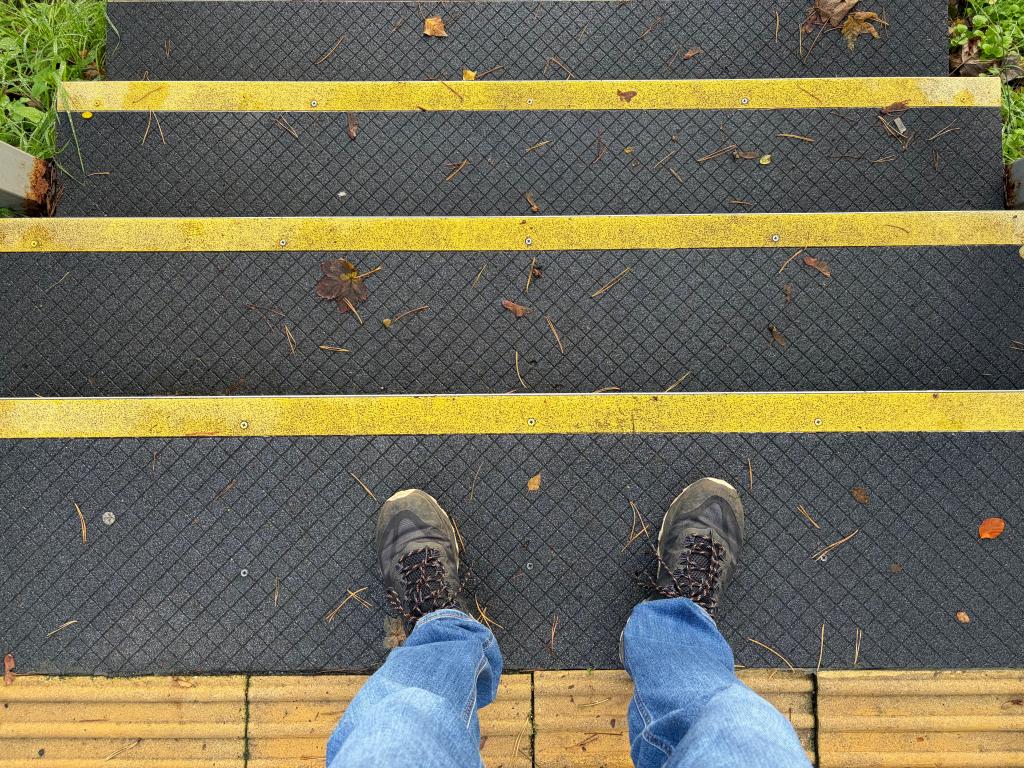




Here’s the precise moment where your adoration for the iPhone 17 might slam into a wall: it can’t compete with the Pro’s telephoto lens. Mostly because it doesn’t have one. Yes, Apple talks up its 2x “optical quality” zoom, but that’s a 12MP crop from the main 48MP snapper. The results are fine. But push the digital zoom beyond that and images degrade at speed. It’s not QuickTake bad, but you won’t be using iPhone 17 10x snaps in your next photographic exhibition.
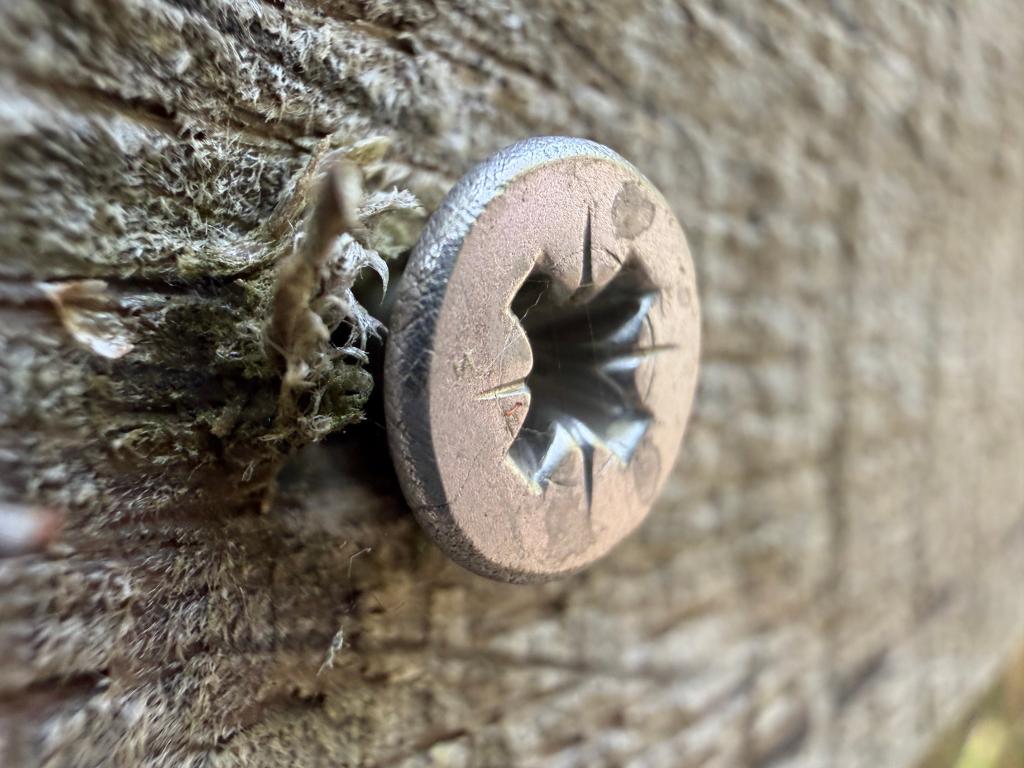


Fortunately, the main camera is great for standard 1x photos, and the upgraded 48MP ultra-wide nets you sharper macro pics – ideal if, like me, you enjoy getting close to tiny objects. Around front, the selfie cam gets a boost too, kicking out 18MP shots from a square sensor that cleverly lets you take landscape snaps while holding your iPhone in portrait. And lo, millions of wrists breathed a sigh of relief. (And a host of Android phone makers fired up their photocopiers.)


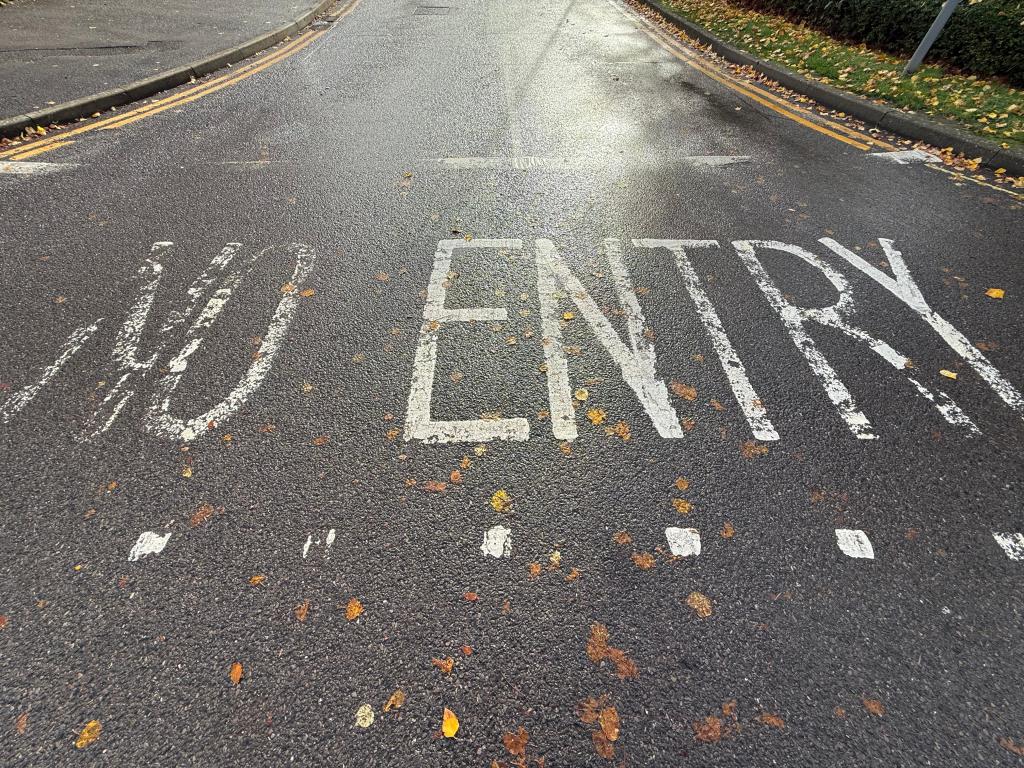
Beyond stills, video performance is predictably excellent. The iPhone 17 will go up to 4K at 60FPS with stabilisation tech I always appreciate. Unlike the Air with its single lens, the 17 can shoot spatial content too. However, if you’ve designs on Hollywood – or a telephoto lens – you’re still going to want the extra goodies in the Pro. And as an iPhone 16 Pro owner, I really missed the telephoto lens while testing the iPhone 17.
Performance and battery: power up
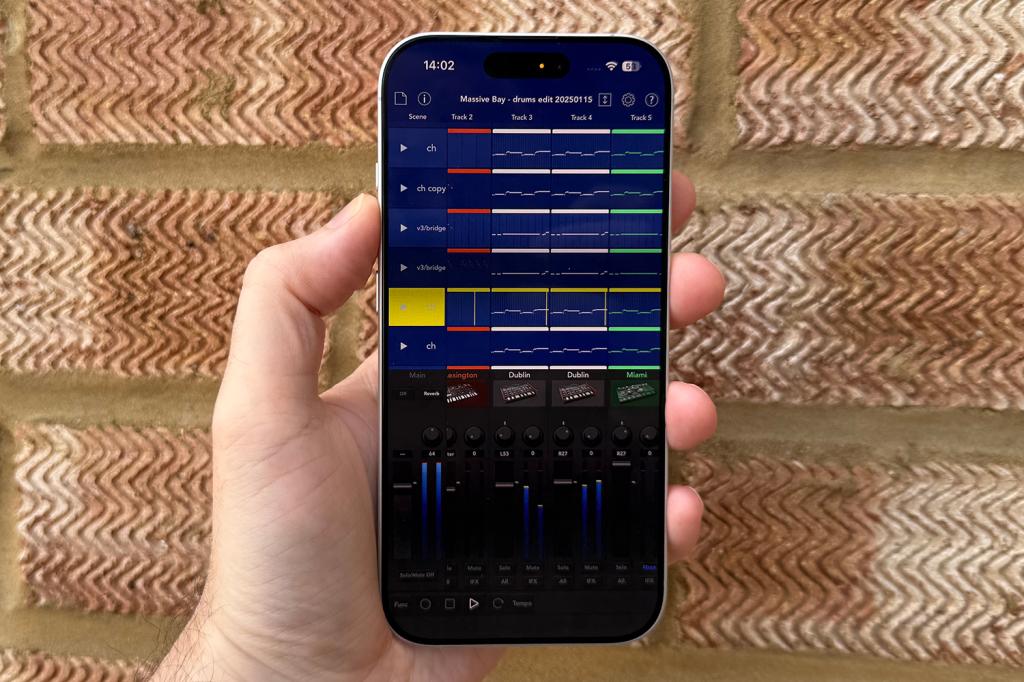
“Don’t be surprised if we see next year’s iPhone 17 Pro and 17 Pro Max get an A19 Pro while the iPhone 17 and 17 Plus remain on an A18.” That’s me, last year, in hindsight doing my Wrongy McWrongface impression. Because this year, every new iPhone again got a chip upgrade. Surprise!
The iPhone 17 is the sole new model to not get an A19 Pro, though – it gets the standard A19. You’ll never notice. Benchmark obsessives might insist the Pro is like a million supercomputers glued together while the standard 19 wheezes like a VIC-20, but the reality is the A19 copes with almost anything.
I say almost because my device did exhibit hiccups with Assassin’s Creed. Most games were fine, though, and the phone ably coped with a Korg Gadget track that chokes my M1 iMac. The phone can get toasty though, so use a controller when playing AAA titles and a case when using other very demanding apps.
Battery life proved predictably solid, getting through a day of use unless I was mainlining high-end games or data. Elsewhere, the usual compromises over the Pro apply: slower USB transfer speeds; less RAM (8GB vs 12GB). But for daily life, that just doesn’t matter.
Software experience: Liquid Pass
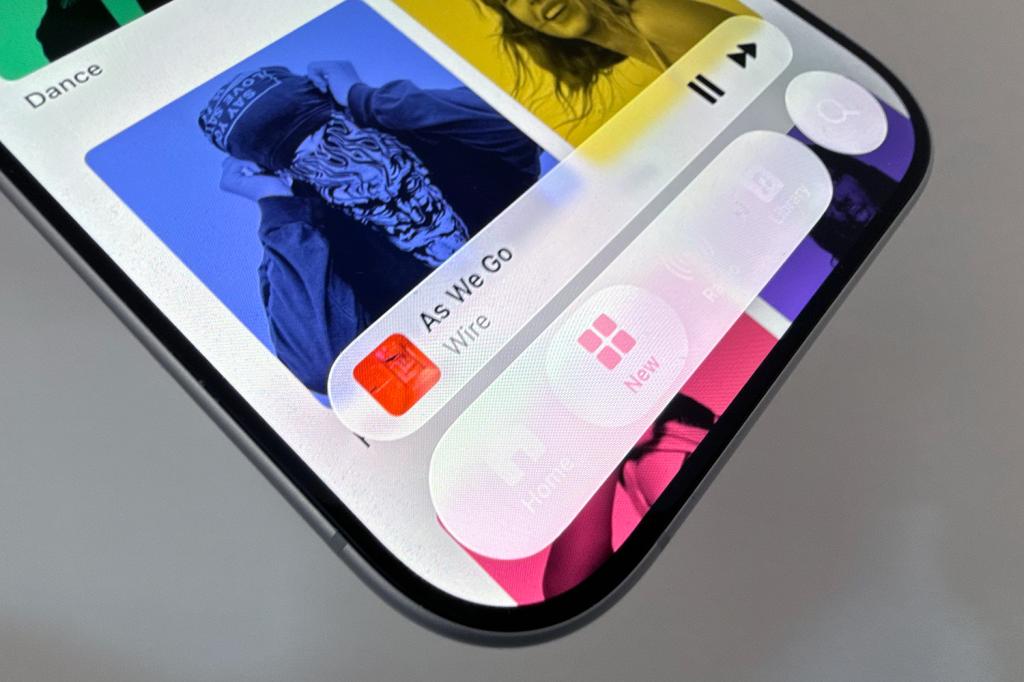
So I disagree with Dan on Liquid Glass. Even after a summer of tweaks, I still think it’s deeply flawed. Clarity remains a problem, as does how overlaid interface elements flicker when you scroll content beneath them. Apps are too keen to hide UI, forcing extra taps to reach anything useful. And the entire thing too often feels like a cheap, unfinished Android skin than expensive Apple design.
Where Apple still wins out is in terms of performance (still great) and ecosystem. Premium apps and big-ticket games tend to land first on iPhone. If you just want Netflix, Spotify and Gmail, you don’t need an iPhone. But if you want the best creative tools and premium software on mobile, the App Store still rules.
There is one major exception: Android 16’s desktop mode leaves iOS trailing. Apple could presumably beat Android at its game by drawing from iPadOS 26 multitasking tricks. But it won’t while it can still sell you a MacBook too. I imagine the company will need to be dragged kicking and screaming to unlock desktop functionality on a phone.
Oh, and Apple Intelligence is still rattling around in there somewhere, like a dried pea in a can, sad that it doesn’t match rival tech. At least it’s brilliant at removing objects from photos. Small victories and all that.
iPhone 17 verdict
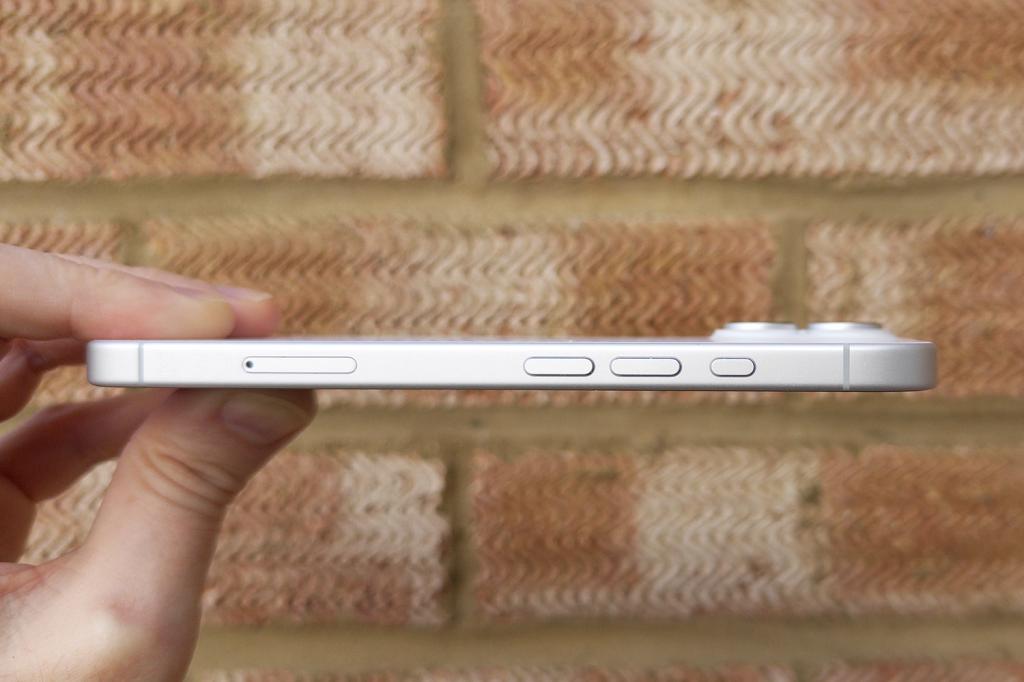
If you live on a film set or insist on photographing your pets from across the room, get an iPhone Pro. If you’re obsessed with owning Apple’s second-thinnest device ever (if you completely ignore the camera bar that makes that bit as thick as a standard iPhone) and don’t mind the extra expense and the huge compromises that are its single speaker and single camera, buy an iPhone Air. And have a word with yourself. Everyone else: get the iPhone 17.
At $799/£799 for the 256GB version, it’s still not cheap, and some Android blowers net you a dedicated telephoto lens at that price. But as a total package, the iPhone 17 is a knockout with no glaring omissions. It’s the iPhone most people should buy this year.
As for next year. I’ll tempt fate by repeating my prediction from last time, but with extra confidence: the iPhone 18 surely can’t get any closer to the Pro. Can it?
Stuff Says…
The first standard iPhone in years that almost feels like an act of rebellion. Power. Clout. The least nosebleed-inducing price-tag in the range. Almost no trickle-down compromises. Boring? Sure. Brilliant? Absolutely.
Pros
Superb display (finally)
Hugely powerful
Excellent ecosystem
Meaningful camera upgrades
Cons
No telephoto lens
Can get a bit toasty
USB 2.0 data speeds
iOS 26 design badness
iPhone 17 technical specifications
| Screen | 6.3in 2622×1206 120Hz OLED |
| CPU | Apple A19 |
| Memory | 8GB |
| Cameras | 48MP Dual Fusion rear, 18MP Centre Stage front |
| Storage | 256GB/512GB |
| Operating system | iOS 26 |
| Battery | 3692mAh (USB-C and wireless charging up to 25W) |
| Dimensions | 149.6×71.5×7.95 mm |
| Weight | 177g |


